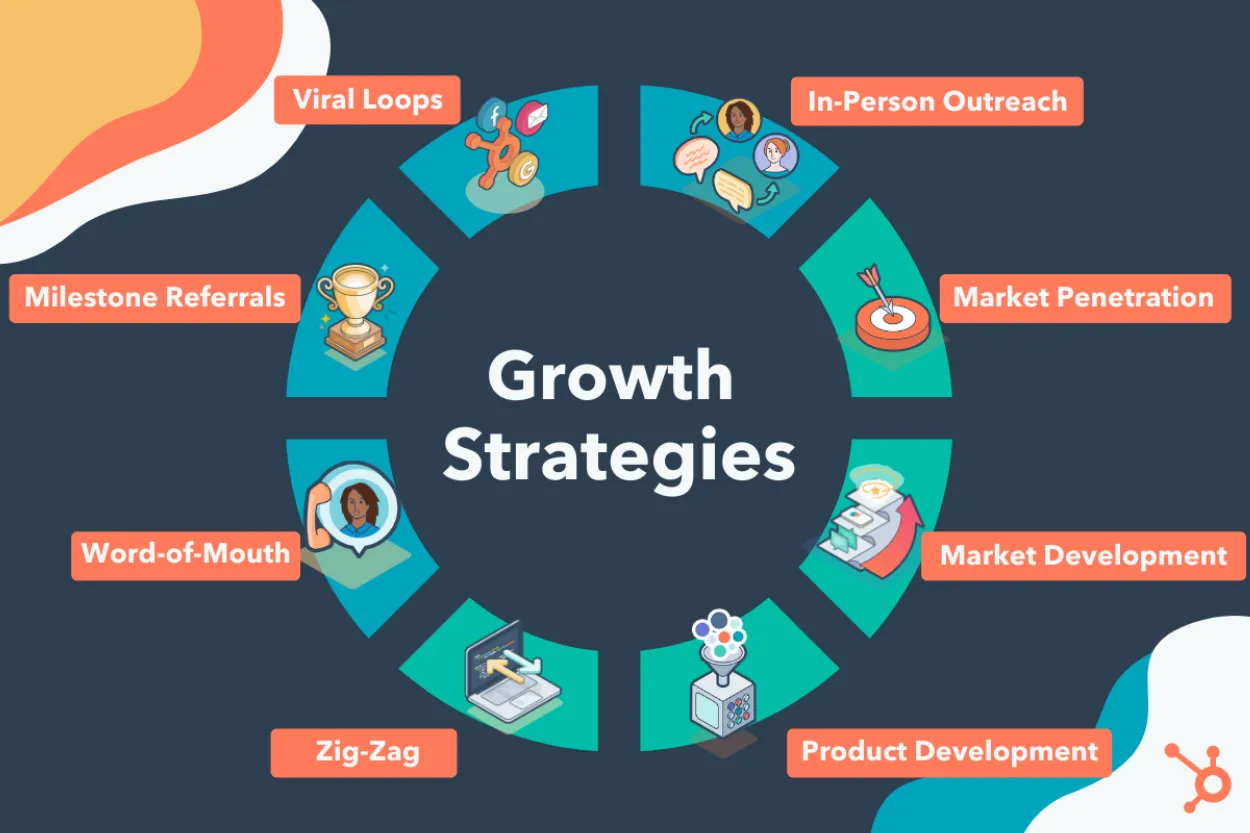In a competitive market, businesses face various challenges in order to achieve growth and stay ahead of the competition. This article explores effective strategies that businesses can implement to drive growth and succeed in a highly competitive environment.
Identifying and Analyzing Market Opportunities
In today’s highly competitive market, businesses need to adopt effective strategies to achieve growth and stay ahead of the competition. One key aspect of these strategies is identifying and analyzing market opportunities. By doing so, businesses can make informed decisions and capitalize on potential areas of growth.
Market Research:
The first step in identifying and analyzing market opportunities is conducting thorough market research. This involves gathering data and information about the target market, its size, demographics, trends, and consumer preferences. By understanding the market dynamics, businesses can identify gaps and unmet needs that present opportunities for growth.
Competitor Analysis:
An essential part of market opportunity identification is analyzing the competition. By studying competitors’ strategies, products, pricing, and market positioning, businesses can identify areas where they can differentiate themselves and gain a competitive advantage. This analysis helps businesses understand their strengths and weaknesses compared to their competitors.
Emerging Trends and Technologies:
Monitoring emerging trends and technologies is crucial in identifying market opportunities. Keeping abreast of industry innovations can help businesses identify new customer needs or ways to improve existing products or services. By staying ahead of the curve, businesses can position themselves as industry leaders and tap into new market segments.
Customer Feedback and Insights:
Listening to customer feedback and gathering insights is vital in identifying market opportunities. Customer satisfaction surveys, focus groups, and social media monitoring can provide valuable information about customers’ wants, needs, and pain points. By understanding customers’ desires, businesses can develop tailored solutions that meet their needs and create a competitive edge.
Risk Assessment:
While identifying market opportunities, businesses should also assess potential risks. Evaluating factors such as market volatility, regulatory changes, and technological disruptions helps to mitigate risks and develop contingency plans. By proactively addressing potential challenges, businesses can navigate uncertainties and capitalize on market opportunities.
Developing a Competitive Advantage in the Industry
In today’s competitive market, businesses often face challenges in sustaining growth and staying ahead of their competitors. To overcome these challenges and thrive in the industry, it is crucial to develop a competitive advantage. Here are some strategies that can help businesses achieve this:
-
Differentiation:
Businesses must identify unique features or qualities that set them apart from their competitors. This can include product innovation, superior customer service, or a strong brand image. By offering something distinct, businesses can attract and retain customers.
-
Cost Leadership:
Another strategy to gain a competitive advantage is through cost leadership. By optimizing operational efficiencies, streamlining processes, and negotiating favorable supplier contracts, businesses can lower their costs and offer competitive prices to customers.
-
Market Segmentation:
Understanding the target market and tailoring products or services to specific customer segments can be an effective way to stand out from competitors. By focusing on specific customer needs, businesses can deliver customized solutions and create a strong customer base.
-
Continuous Innovation:
Stagnation is the enemy of growth. Businesses need to foster a culture of continuous innovation to stay competitive. This can involve investing in research and development, keeping up with industry trends, and regularly updating products or services to meet changing customer demands.
-
Partnerships and Alliances:
Collaborating with other companies in the industry can bring about mutual benefits and help strengthen a business’s competitive position. By sharing resources, knowledge, and networks, businesses can access new markets, expand their reach, and gain a competitive edge.
By implementing these strategies, businesses can develop a competitive advantage that will lead to long-term success and growth in a competitive market.
Implementing Effective Marketing Strategies
In today’s competitive market, businesses need to implement effective marketing strategies to ensure growth and stand out from their competitors. Here are some key strategies that can help businesses thrive:
-
Identify and Understand Your Target Audience
Before implementing any marketing strategy, it is crucial to identify and understand your target audience. Conduct market research to gather insights about their needs, preferences, and behavior. This will help you tailor your marketing messages and channels to effectively reach and engage with your target customers.
-
Develop a Strong Brand Identity
A strong brand identity helps differentiate your business from others in the market. Create a compelling brand story, logo, and consistent visual elements that resonate with your target audience. Communicate your brand values effectively to build trust and loyalty among your customers.
-
Utilize Digital Marketing Channels
With the increasing importance of online presence, businesses should utilize various digital marketing channels such as social media, email marketing, search engine optimization (SEO), and content marketing. Develop a comprehensive digital marketing strategy that aligns with your business goals and target audience.
-
Provide Exceptional Customer Service
Customer satisfaction is crucial for business growth. Provide exceptional customer service by promptly addressing customer inquiries, resolving issues, and going above and beyond their expectations. Positive experiences can lead to customer loyalty and referrals, driving business growth.
-
Monitor, Analyze, and Adapt
Regularly monitor and analyze the performance of your marketing strategies. Utilize tools and metrics to measure your marketing efforts’ effectiveness and adjust your strategies accordingly. Stay updated with industry trends and adapt your strategies to better meet the evolving customer demands and market dynamics.
Conclusion
In a competitive market, businesses need to implement effective growth strategies to stay ahead. By focusing on innovation, customer experience, market research, and strategic partnerships, companies can position themselves for long-term success. It is essential to adapt to changing market dynamics and continuously improve products and services to meet evolving customer needs. With the right strategies in place, businesses can thrive in even the most challenging competitive environments.




